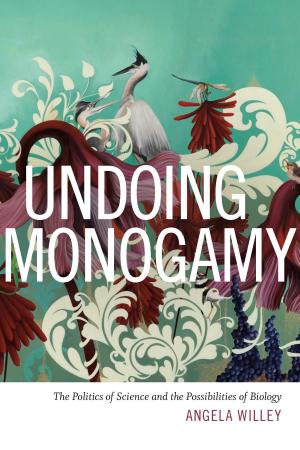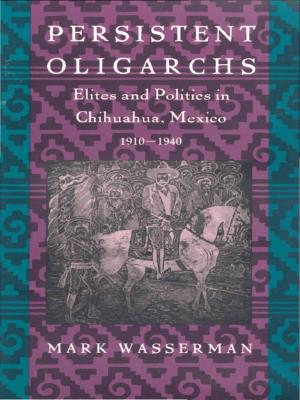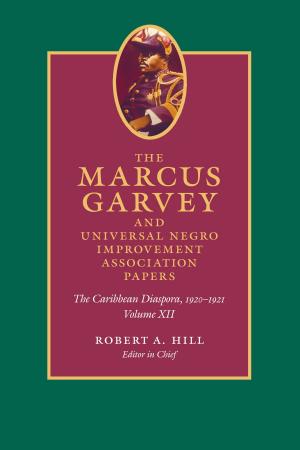| Author: | C. H. Van Schooneveld | ISBN: | 9780822382881 |
| Publisher: | Duke University Press | Publication: | May 9, 1990 |
| Imprint: | Duke University Press Books | Language: | English |
| Author: | C. H. Van Schooneveld |
| ISBN: | 9780822382881 |
| Publisher: | Duke University Press |
| Publication: | May 9, 1990 |
| Imprint: | Duke University Press Books |
| Language: | English |
Edna Andrews clarifies and extends the work of Roman Jakobson to develop a theory of invariants in language by distinguishing between general and contextual meaning in morphology and semantics. Markedness theory, as Jakobson conceived it, is a qualitative theory of oppositional binary relations. Andrews shows how markedness theory enables a linguist to precisely define the systemically given oppositions and hierarchies represented by linguistic categories. In addition, she redefines the relationship between Jakobsonian markedness theory and Peircean interpretants. Though primarily theoretical, the argument is illustrated with discussions about learning a second language, the relationship of linguistics to mathematics (particularly set theory, algebra, topology, and statistics) in their mutual pursuit of invariance, and issues involving grammatical gender and their implications in several languages.
Edna Andrews clarifies and extends the work of Roman Jakobson to develop a theory of invariants in language by distinguishing between general and contextual meaning in morphology and semantics. Markedness theory, as Jakobson conceived it, is a qualitative theory of oppositional binary relations. Andrews shows how markedness theory enables a linguist to precisely define the systemically given oppositions and hierarchies represented by linguistic categories. In addition, she redefines the relationship between Jakobsonian markedness theory and Peircean interpretants. Though primarily theoretical, the argument is illustrated with discussions about learning a second language, the relationship of linguistics to mathematics (particularly set theory, algebra, topology, and statistics) in their mutual pursuit of invariance, and issues involving grammatical gender and their implications in several languages.















